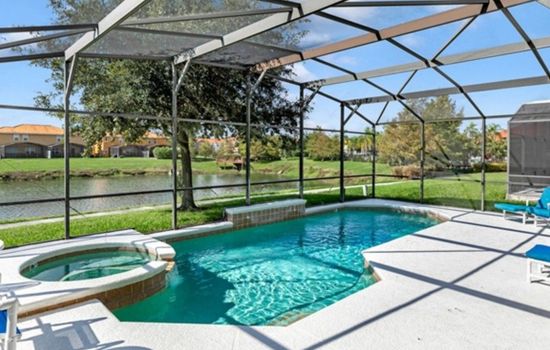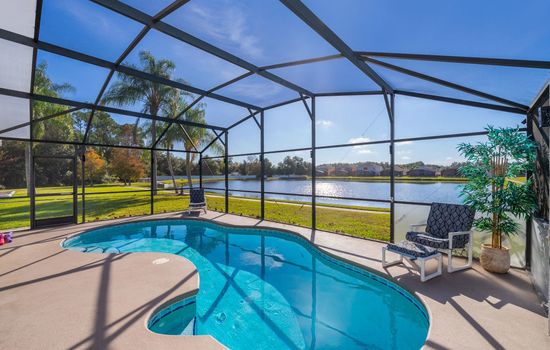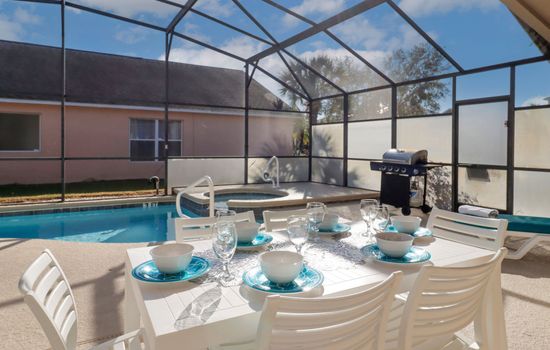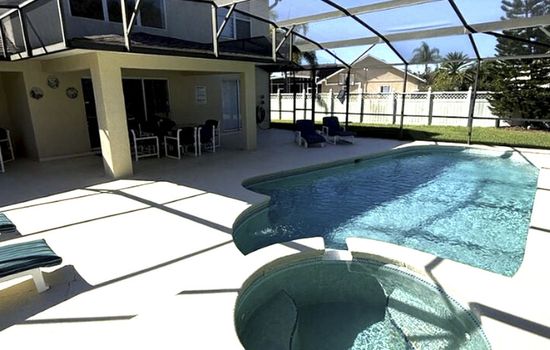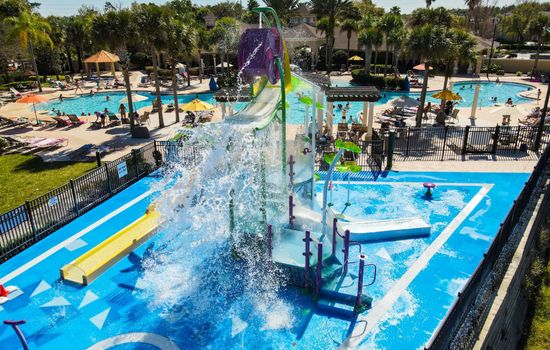The visitor centers at Canaveral National Seashore are open daily from 9 AM to 5 PM, except on Christmas Day.
At Canaveral National Seashore, the entrance fee is $25 per vehicle, $20 per motorcycle, and $15 per person for a 7-day pass. The annual park pass is $45. Children under 16 are free. An America the Beautiful pass, which covers all national parks, is $80.
From Daytona Beach, take I-95 to exit 249, then east on SR 44, crossing the Halifax River to a pristine coastal haven.
Canaveral National Seashore has 13 parking lots along a 4-mile road, each with boardwalks to the beach. Limited RV parking available at Apollo and Playalinda beaches. Motorcycles and private vehicles can park; no overnight parking. Fees apply: $25 for private vehicles, $20 for motorcycles.
Accessibility & permits
Emergency
- Cell service availability:Partial
Information not accurate?
Help us improve by making a suggestion.
Canaveral National Seashore, a sublime stretch of undeveloped Atlantic coastline in Florida, is a tapestry of diverse habitats and unparalleled natural beauty. Spanning 58,000 acres, this barrier island is composed of dunes, hammocks, lagoons, and pine flatwoods, creating a rich mosaic of ecosystems. Here, the Mosquito Lagoon, an Outstanding Florida Water and part of the Indian River Lagoon, supports some of the most diverse and productive fisheries in North America, with finfish, clams, oysters, blue crabs, and shrimp thriving in its waters.
As you walk the 24 miles of pristine beach, you might witness the annual nesting of three sea turtle species, with approximately 4,000 to 7,000 nests each year. The air is filled with the calls of waterfowl and wading birds, which use the seashore as a crucial migratory stopover and wintering ground. The park is home to over 1,045 plant species and 310 bird species, including the endangered loggerhead, green, and leatherback sea turtles, as well as the Southern bald eagle and Florida scrub jay.
Visitors can explore the park’s nature and historical trails, especially during the cool winter months. Year-round activities include fishing, boating, canoeing, surfing, and hiking. For a deeper connection with the park’s ecosystem, join a ranger-led canoe tour or nature walk. While in the area, visit the charming towns of New Smyrna Beach and Titusville, known for their artisan shops and local eateries. Don’t miss the opportunity to stay at one of the nearby eco-lodges or cabins, which offer a serene retreat amidst this natural sanctuary. As the seasons change, Canaveral National Seashore remains a vibrant and captivating destination, inviting travelers to immerse themselves in its unique beauty and rich biodiversity.
- Area (mi²)
- 90
- Annual visitors
- 2 000 000
- Established year
- 1975
Top 3 Facts about Canaveral National Seashore
This barrier island is home to ancient Timucua shell mounds, with the oldest dating back approximately 4,000 to 500 years, highlighting the rich prehistoric cultural heritage of the area.
This pristine barrier island is home to 1,045 plant species and 310 bird species, including the endangered wood stork and peregrine falcon. Sea turtles, manatees, and dolphins thrive in the Mosquito Lagoon, while the southeastern beach mouse inhabits the dunes. Hike through pine flatlands and hammocks, or surf and swim on untouched beaches, surrounded by a diverse array of marine and terrestrial life.
Along a 24-mile stretch of undeveloped Atlantic coastline, pristine beaches give way to dunes, mangrove wetlands, and the expansive Mosquito Lagoon. Here, the waters of the lagoon shimmer in hues of emerald and turquoise, contrasting with the deep blues of the ocean. The landscape is dotted with coastal hammocks and pine flatwoods, creating a diverse and vibrant ecosystem that supports over 1,000 plant species and 310 bird species. The barrier island’s natural beauty is enhanced by the presence of endangered species, including loggerhead sea turtles and West Indian Manatees, making this a unique and enriching destination for nature enthusiasts.
Family programs
- Junior Ranger
- Workshops & Hands-on Activities
- Scavenger Hunts
- Family Camping & Overnight
- Volunteer & Stewardship
- Youth Conservation
- Scouting Partnerships
- Arts & Crafts
- Water-based Adventures
Travel Tips
Plan Ahead
Plan a few days in spring to avoid summer crowds. Arrive early, park near the entrance, and spend 30 minutes at the visitor center. Anticipate sandy and possibly rocky terrain, pack snacks, and rest frequently. Enjoy the full moon kayak tour in April. Bring water and meals as options are limited.
Pack Appropriately
Pack layers for varying coastal weather, sturdy footwear, and a rain jacket. Bring a first-aid kit, water bottles, and a map. For camping, include a tent, sleeping bag, and bear-resistant containers. Don’t forget sunscreen, insect repellent, and a portable charger. Adjust gear based on the number of days and season.
Respect Wildlife
Keep a safe distance from wildlife, at least 25 yards, to avoid stressing them. Never feed animals and properly dispose of trash to preserve their natural habits. Stay on designated trails to protect habitats, especially during nesting seasons. Respect the environment as you would your own.
Stay Informed
Check NOAA forecasts and park alerts for weather and rip currents. Swim at lifeguarded beaches, avoid rough seas and extreme weather. Stay informed, carry a Coast Guard-approved life jacket if needed, and contact park authorities at 911 for emergencies.
Seasons
Spring brings mild temperatures (60s-80s°F) and vibrant events. Enjoy the American Cancer Society’s Gateway to Space 5K/10K in March, or weekly plant walks and turtle mound tours. Ideal for outdoor enthusiasts, with warm weather and diverse wildlife.
Experience summer’s warmth (80s-90s°F) along pristine shores. Witness sea turtle nesting, and enjoy summer camp programs at the Marine Discovery Center. Ideal for kayaking, fishing, and bird watching amidst lush flora and fauna. Hot and humid, but serene and untouched.
Experience the serene autumn landscape from September to November, with mild temperatures ranging from 60°F to 80°F. Enjoy the Turtle Mound Walk and Talk, a weekly event, amidst the tranquil fall weather, ideal for nature enthusiasts and those seeking a peaceful retreat.
Winter brings mild temperatures, 40s to 70s, and fewer crowds. Ideal for fishing, kayaking, and ranger-led hikes, this season offers a serene beach experience from December to February.
Information not accurate?
Help us improve by making a suggestion.
Where to stay
Frequently Asked Questions
Ready to dive into what Canaveral National Seashore has to offer? Let’s tackle some of the burning questions you might have as you plan your visit!
-
Known for pristine beaches, excellent wildlife viewing, and proximity to Kennedy Space Center, it’s ideal for nature enthusiasts and space history lovers.
-
Pets are allowed only in limited areas like parking lots and paved paths, and must be on a leash no longer than six feet. Pets are prohibited on beaches.
-
Yes, anglers frequently catch redfish, flounder, spotted sea trout, and black drum in Mosquito Lagoon and surf fishing spots.
-
Sea turtles, manatees, dolphins, bald eagles, and migratory shorebirds are regularly observed at Canaveral National Seashore.
-
Titusville and New Smyrna Beach offer lodging, restaurants, shops, and boat rentals.

